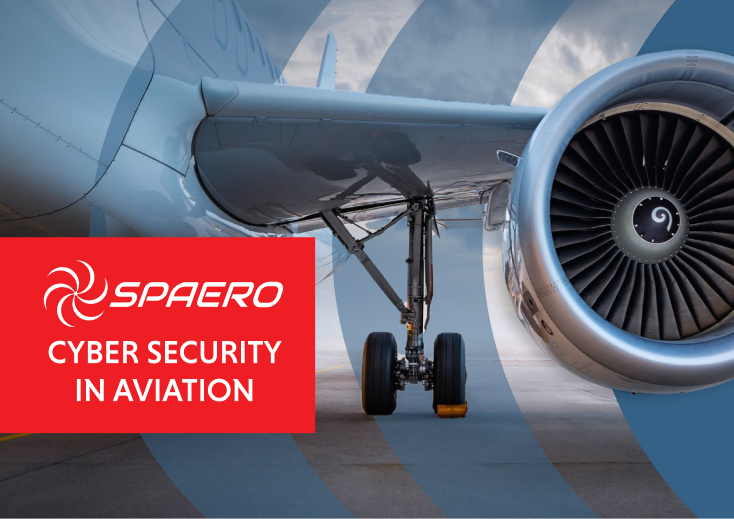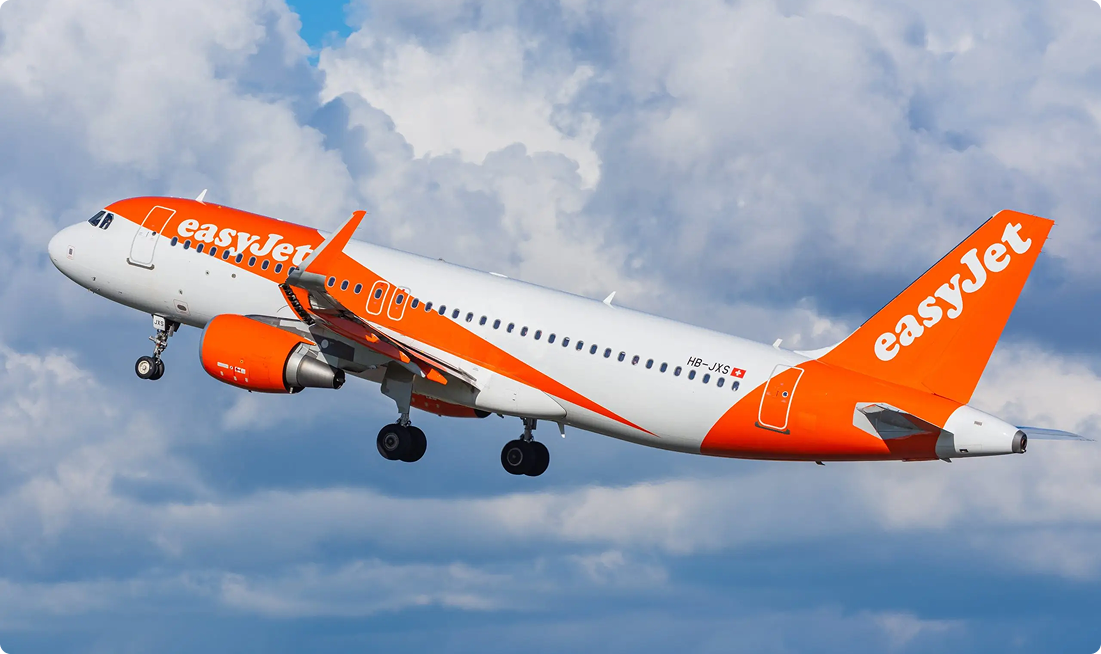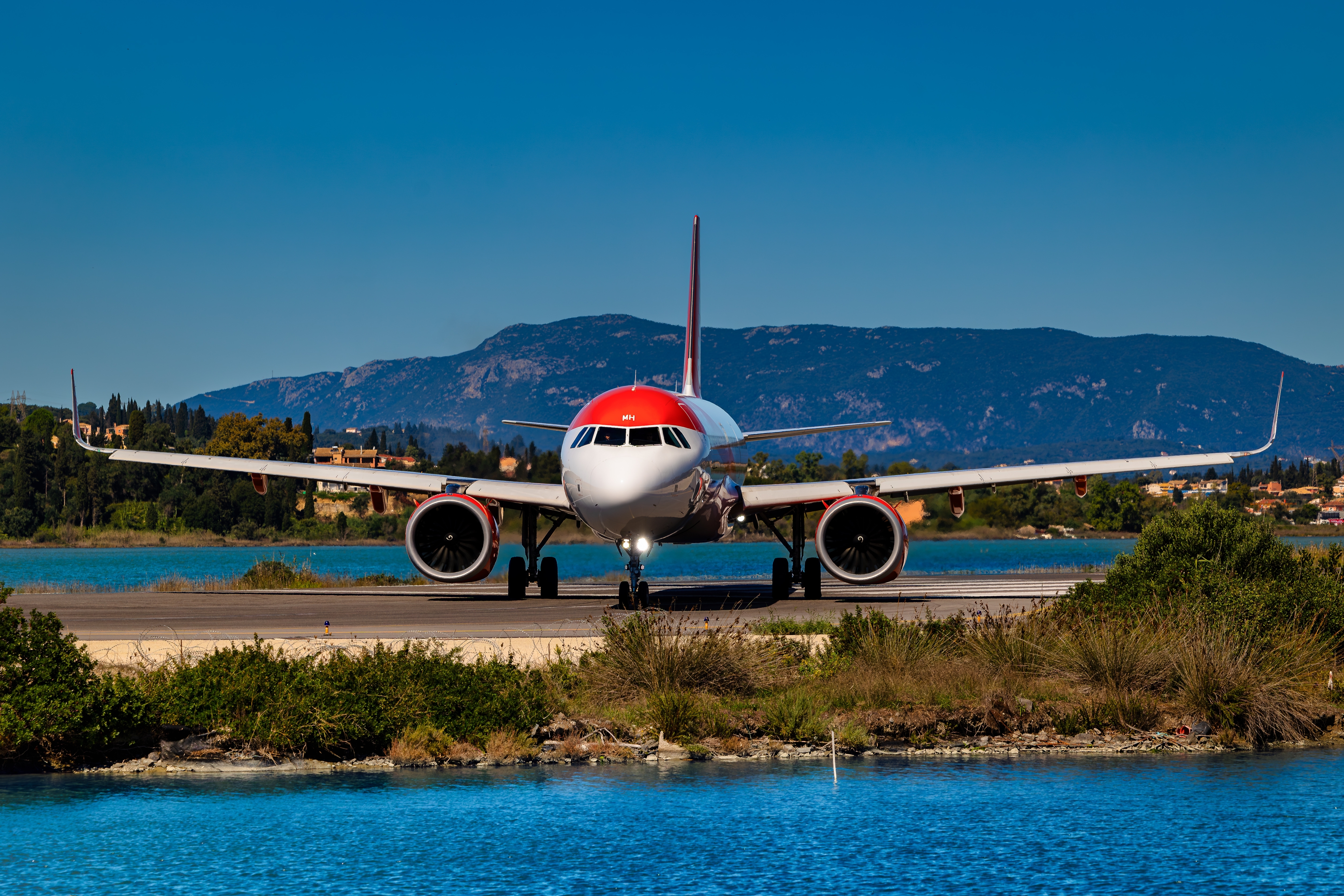
Interview with Myles Corey, founder of Spaero
by Spaero

Stay in the loop
Spaero founder, Myles Corey, shares more about his vision, what drove him to create the groundbreaking platform, and where he is taking the brand next.
Why did you create Spaero?
The aviation industry is among the most dynamic and critical sectors worldwide, yet it has faced significant challenges over the years. The geographical spread of operations, coupled with the inherent complexities of global supply chains and sustainability, all play out against a backdrop of intense market competition. I believe this complexity is why few market-changing trading solutions have made their way to the sector.
With my background in parts and maintenance, I believe the industry needs to renew its focus on efficiency, trust, and quality to effectively address many of its challenges and drive meaningful progress in navigating the complexities of the aviation sector.
It’s fair to say that AOG issues and parts sourcing are among the biggest headaches for any airline. Wind back the clock a couple of years and seeing first-hand how the market was behaving, I started asking some big questions: Why aren’t trading processes centralised? Why isn’t there instant access to live availability, accurate specifications, and locations of parts? Why does the industry continue to be plagued by fake parts scandals, undermining trust in genuine sellers?
The turning point came on a rainy February morning, after a frustrating trip to the Philippines where I’d been helping an airline with a persistent AOG issue – an experience that highlighted many of the challenges I’d been questioning. That’s when I decided to take action, and Spaero was born. I committed myself to creating a trading platform that would tackle those issues of trust, efficiency, and quality by centralising the parts trading process. I saw an opportunity to bring a new level of unity to the aviation industry.
Several years on, Spaero has evolved to become more advanced, refined, and accessible than I ever imagined. Yet, many of those original ideas and lightbulb moments remain at the heart of what we do. I’m incredibly proud of the response we’ve seen and the trust that so many of the world’s leading airlines, sellers, and repair stations have placed in Spaero.
AOG headaches still seem to plague the industry. Why is that?
Many people have different perspectives on this, but mine, shared by many I’ve spoken to over the years, focuses on a fundamental flaw in the system – the relentless push for fiscal prudence has consistently hampered the supply chain’s fluidity. In my opinion, in recent years, this issue has been further aggravated by global macroeconomic factors and pricing volatility, driven by labour shortages and disruptions in manufacturing.
Yet, there are used and OEM parts out there, and more could be profitably sourced from surplus aircraft – they just are not making it to the market. I envisioned a better way to address AOG scenarios through unifying the supply chain. Spaero’s centralised, integrated solution would allow airlines (buyers) to instantly connect and trade with all parts sellers, regardless of their size, location, capability, or experience.
How does Spaero solve some of the trust issues the sector has been plagued with in recent years?
Trust is at the core of Spaero and was a key focus when we designed the entire customer experience around the concept of accelerating procurement. Through our design, policies, and processes, Spaero ensures that issues like bogus parts, counterfeit paperwork, or poor-quality management systems are eliminated from the trading process.
We knew that for this to work, especially for airlines dealing with urgent AOG situations, it was crucial that they could trust each supplier to adhere to high standards of quality assurance by having a clear understanding of the ‘maintenance environment’ (the regulated side of the industry). Buyers need confidence that the parts they purchase are exactly as described, located where they’re supposed to be, priced fairly, and most importantly, that they’ll arrive on time. Spaero’s reliability in speeding up procurement is key to getting aircraft back into service safely and quickly.
To support this, Spaero enforces a rigorous regulatory and compliance framework. We make this straightforward by requiring every Spaero Partner to pass our KYC checks – which include screenings for sanctions, adverse media, and political risks – and to continually maintain these high standards. Many of our sellers are already accredited with ASA or AS9120b, meaning they meet or exceed these criteria and can be fast-tracked onto the platform.
For those who don’t meet our criteria, I hope it motivates them to raise their quality standards to meet the requirements of the maintenance environment, and ultimately to help suppliers improve their sales numbers and reduce customer rejections. This benefits the entire industry, bringing us closer to a global standard where trust can be expected every time.
How was the launch and what has been the feedback from your new stakeholders?
I’m thrilled to say the launch exceeded our expectations. We aimed to keep the influx of RFQs at a manageable level, so while many end-user customers are already registered on Spaero, we’re rolling it out progressively to maintain quality during this phase of growth. The interest we’re seeing from airlines and suppliers speaks for itself – they’re actively reaching out for more information.
We consistently hear from end users how they had become tired of the constant email chains, back-and-forth for more data, and the cumbersome process of analysing that data to make informed decisions.
On the other side of the trading coin, suppliers are increasingly concerned about ensuring their parts only go to verified end users and avoiding being caught up in sanctions-related issues. I’m confident that Spaero addresses these challenges effectively and we will continue to deploy technologies to help further tackle these challenges. We remain fully committed to meeting the growing demand from our clients and to expanding Spaero into a truly integrated supply chain solution.
What does the future of Spaero look like?
In a word: excellence! My vision for Spaero is to continue tackling increasingly complex challenges and frustrations throughout the supply chain. The platform is already streamlining the procurement process for some of the industry’s biggest players while also enabling smaller operators to access new markets with ease.
My team and I are already developing the next innovations for the platform, and in the coming years, I see Spaero growing and evolving significantly. It’s a poorly kept secret, that we have active plans to introduce an integrated AOG system and a specialised tooling loan system to help alleviate MRO bottlenecks. I also believe we can make a real difference in addressing specialist labour shortages, so watch this space!

Join us
For Airlines, Distributors and
Repair Centres








